The most abundant material in the earth’s crust is rapidly becoming every car maker’s favorite structural element. In case you hadn’t noticed, Elon Musk is the 21st-century’s Henry Ford. After disrupting the car business with battery-electric propulsion, he’s now on a mission to revolutionize how cars are manufactured.

Next year, Musk hopes to commence building his Model Y crossover at an innovative plant under construction near Berlin, Germany. Of course, this Tesla will be powered by AC motors supplied current by onboard batteries. Musk’s stride forward—which he acknowledges as risky—is integrating 70 separate aluminum structural components into a single aluminum die casting. While the current Tesla Model Y has a rear underbody consisting of just two elaborate castings, the next edition will use eight Italian-made 6200-ton presses to pop out 213,000 supersize castings per annum at Berlin. If this “experiment” works, Musk hopes to spread his technology to U.S. and Chinese manufacturing plants within two years.
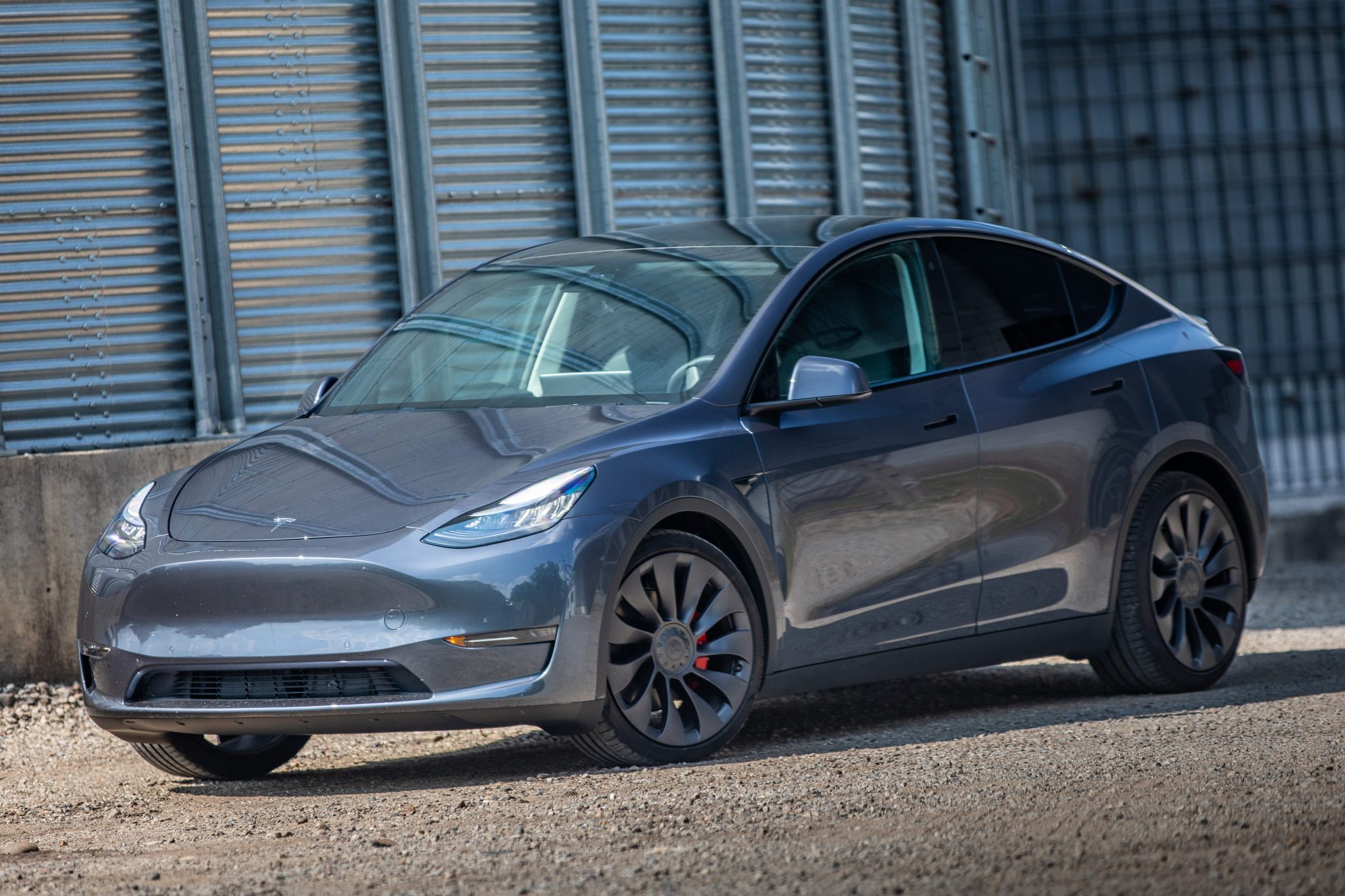
This is highly ambitious news, moving them to dig back in time to recall previous aluminum advancements aimed at making cars lighter and more efficient. The number of examples they found surprised them. German engineer Heinrich Durkopp showed the first sports car with an aluminum body at the 1899 Berlin Motor Show. Two years later, Karl Benz raced a car of his design in France employing an engine made mostly of aluminum. Aluminum pistons and transmission housings soon became common practice. In 1912, Pierce-Arrow began building cars with cast aluminum bodywork and Packard’s seminal 1916 V-12 featured a weight-saving aluminum crankcase.
Ettore Bugatti’s brilliant Type 35 two-seat racer introduced in 1924 integrated a stylish wheel assembly with a brake drum cast in aluminum. That original eight-spoke design was reverently mimicked in the 2011 Bugatti Veyron, though with the spoke count upped by 50 percent.

In the 1930s, some makers began integrating their body and frame designs into a single lighter, stiffer assembly made of steel. Body-on-frame construction remains popular today for trucks though it began dying off for cars in the 1960s.
Inevitably, car makers began pondering the substitution of steel with aluminum to save weight. Extruded components, stampings, and die castings were all considered because each approach offers certain advantages.
In 1953, the French maker Panhard began using stamped sheet aluminum in volume production. At the 1981 Frankfurt Motor Show, Porsche presented an all-aluminum 928 concept car. Audi followed with an experimental aluminum four-door unibody that, it proudly proclaimed, could be carried by two women. However, Acura beat the Germans to the production punch with the 1989 NSX, the first production car using an aluminum unibody. The weight savings over steel construction was an impressive 500 pounds.
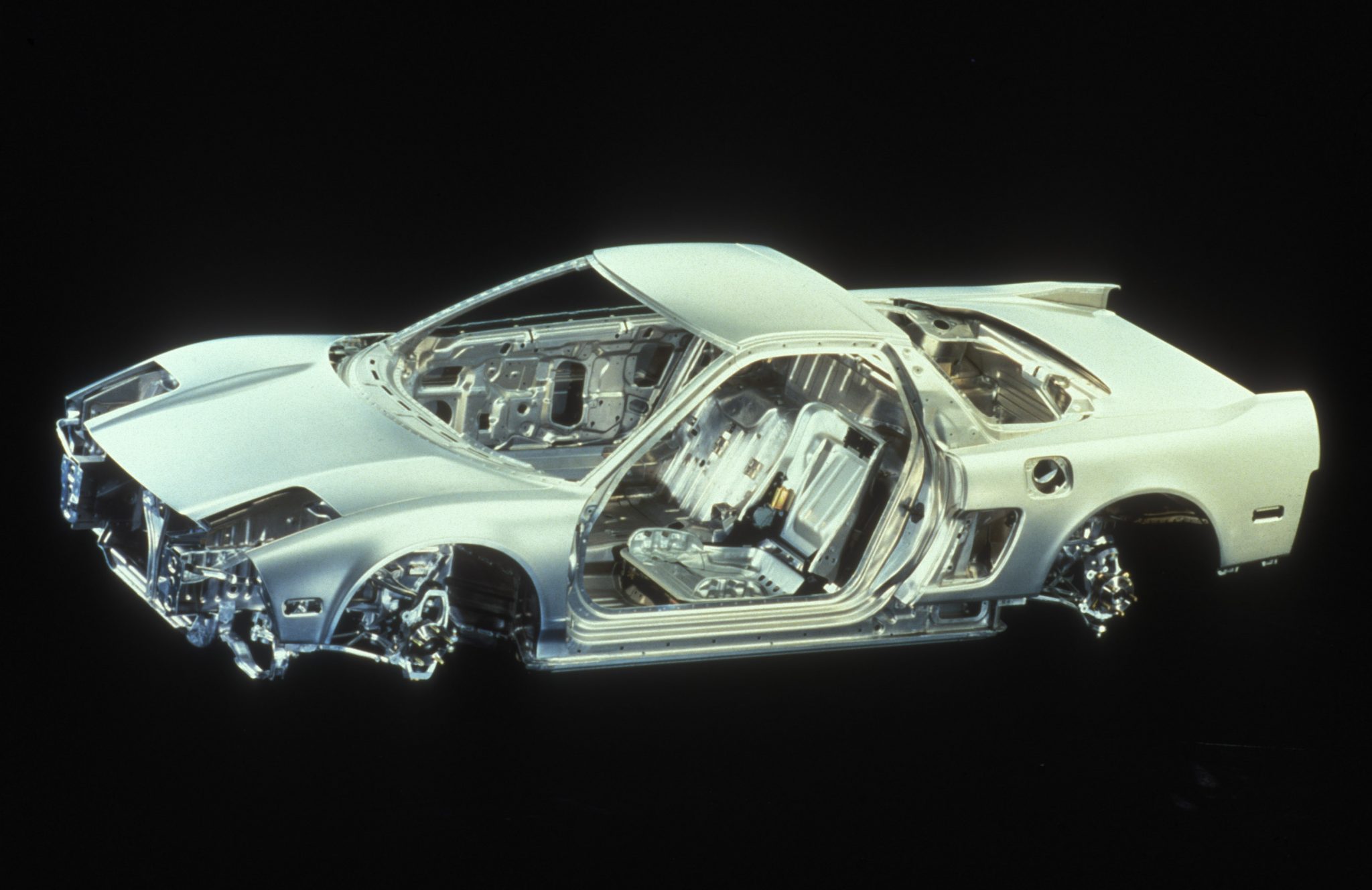
Audi and Alcoa teamed up to invent aluminum spaceframe technology for the 1994 Audi A8 sedan. Ferrari joined the club in 1999 with its first structural use of aluminum in the 1999 F360 Modena. Lamborghini adopted the Alcoa technology in the Gallardo sports cars beginning in 2003, and four years later Audi followed suit with the R8. BMW’s Z8 roadster made extensive use of extruded aluminum beginning in 1999.
The aluminum revolution reached America well before the turn of the century. GM’s EV1, leased from 1996 to the end of the decade, combined electric propulsion with a spot-welded and adhesively-bonded aluminum unibody and dent-proof molded-plastic exterior panels. At Chrysler Corporation, the low-volume 1997 Plymouth Prowler hot rod salute consisted of an innovative mix of aluminum castings, extrusions, body panels, and suspension parts.
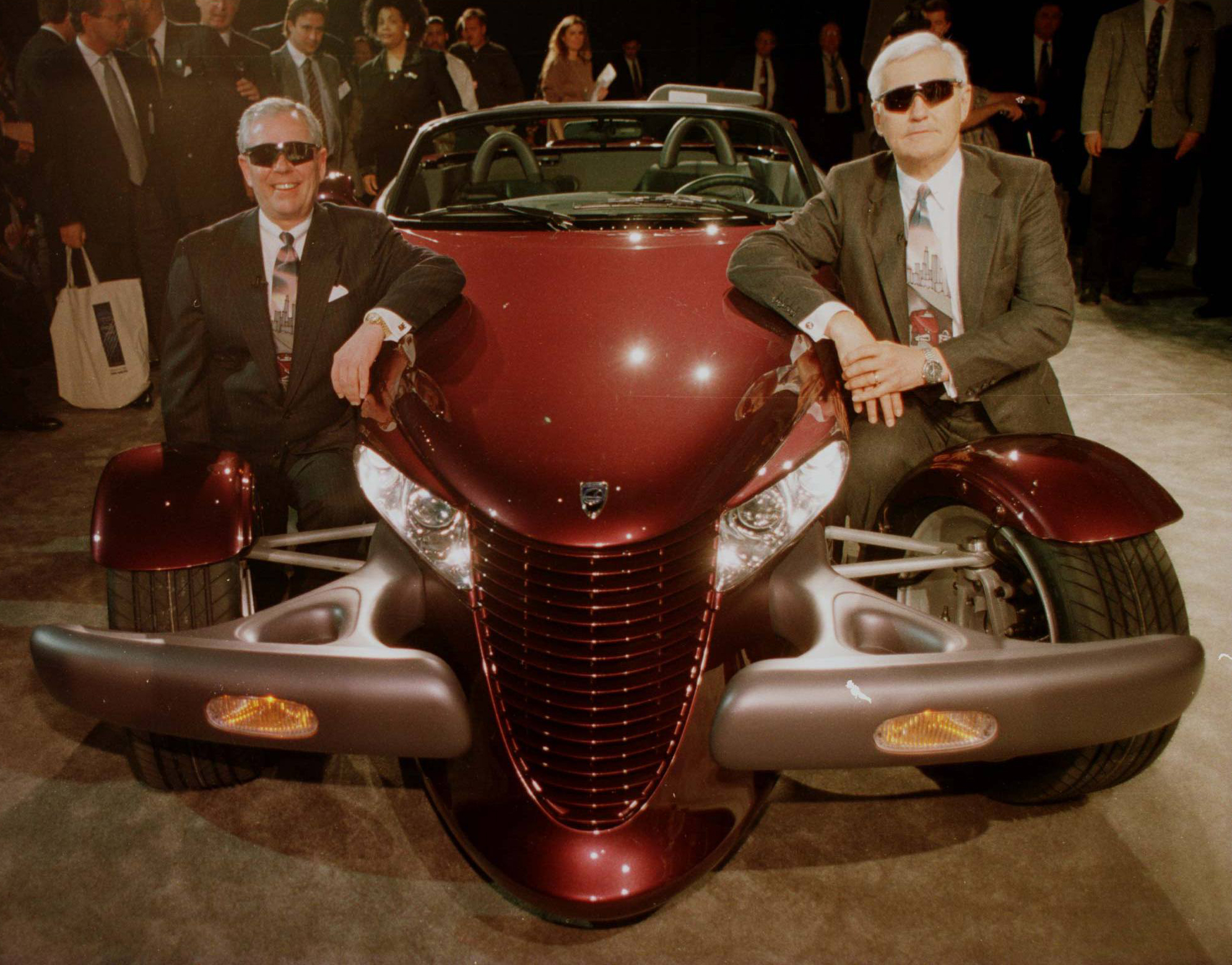
Jaguar advanced the cause in 2003 with the XJ sedan, the first high-volume production model with an aluminum unibody. Castings, stampings, and extrusions were ambitiously joined with self-piercing rivets to achieve notable weight savings and stiffness gains compared to the XJ’s steel competitors. Later editions employed hydroformed A pillars. The BMW-designed Rolls Royce Phantom launched in 2003 was the largest production car to employ an aluminum spaceframe. Mercedes-Benz presented its AMG SLS gull-winged sports car revival in 2009 with an aluminum spaceframe to significantly lower its center of gravity height. Land Rover followed suit in 2012 with its aluminum-unibodied Range Rover, the first such design in the sport ute realm.
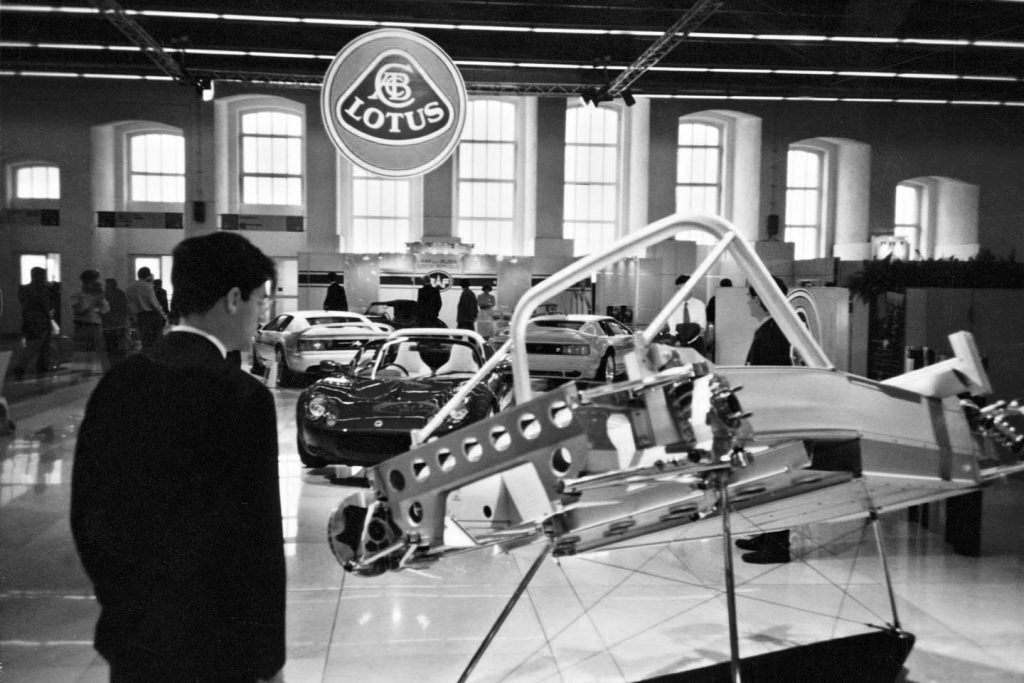
Enter Lotus in 1996 with its aluminum-intensive Elise sports car built atop a chassis comprised of 63 straight and two bent extrusions and five sheet panels joined with adhesive bonding and self-tapping screws. A decade later, Tesla’s Elon Musk collaborated with Lotus to introduce his first electric-powered Roadster. Time magazine dubbed the car a Best Invention for 2006. Approximately 2450 were ultimately sold in 30 countries around the world; two years ago, one was launched into space aboard a SpaceX Falcon Heavy rocket.
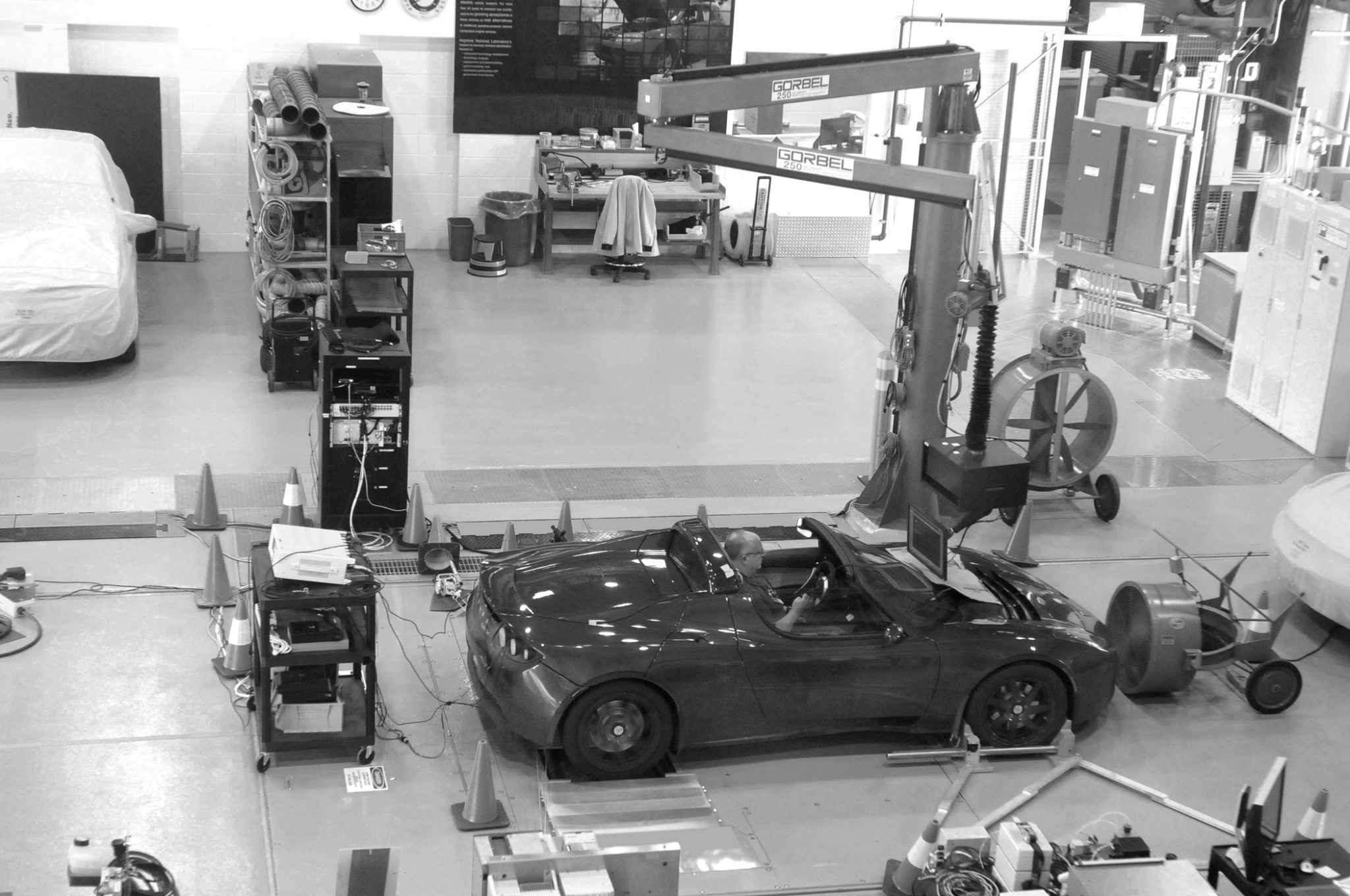
Aston Martin also shared Lotus technology beginning with the 2001 Vanquish V-12 which added a molded carbon-fiber tunnel to the construction mix. Corvette combined a welded aluminum spaceframe with a few carbon-fiber body panel reinforcements beginning in 2006.
During the first two decades of the 21st century, BMW, Audi, Mercedes-Benz, and Porsche each invented ways to combine aluminum and steel in unibody structures in pursuit of lighter weight and higher strength. A second trend currently underway at Audi, Lexus, and Mercedes is marrying a carbon-fiber body tub to aluminum chassis subframes.

In 2012, Tesla introduced its remarkable Model S five-door battery-electric sedan with an all-aluminum unibody designed and manufactured in-house. Its floor-mounted battery pack contains over 7000 cylindrically shaped lithium-ion cells. Consumer Reports lavishly praised this design and Motor Trend dubbed it the ultimate Car of The Year.
Every automaker’s goal is to use the best material at specific points throughout the car to meet crashworthiness requirements, structural stiffness, and minimum weight goals at a reasonable cost. Towards that end, the world is watching—and rooting for—Elon Musk’s current attempt to use one elaborate aluminum die casting to serve a multiplicity of needs.
Report by hagerty.com










